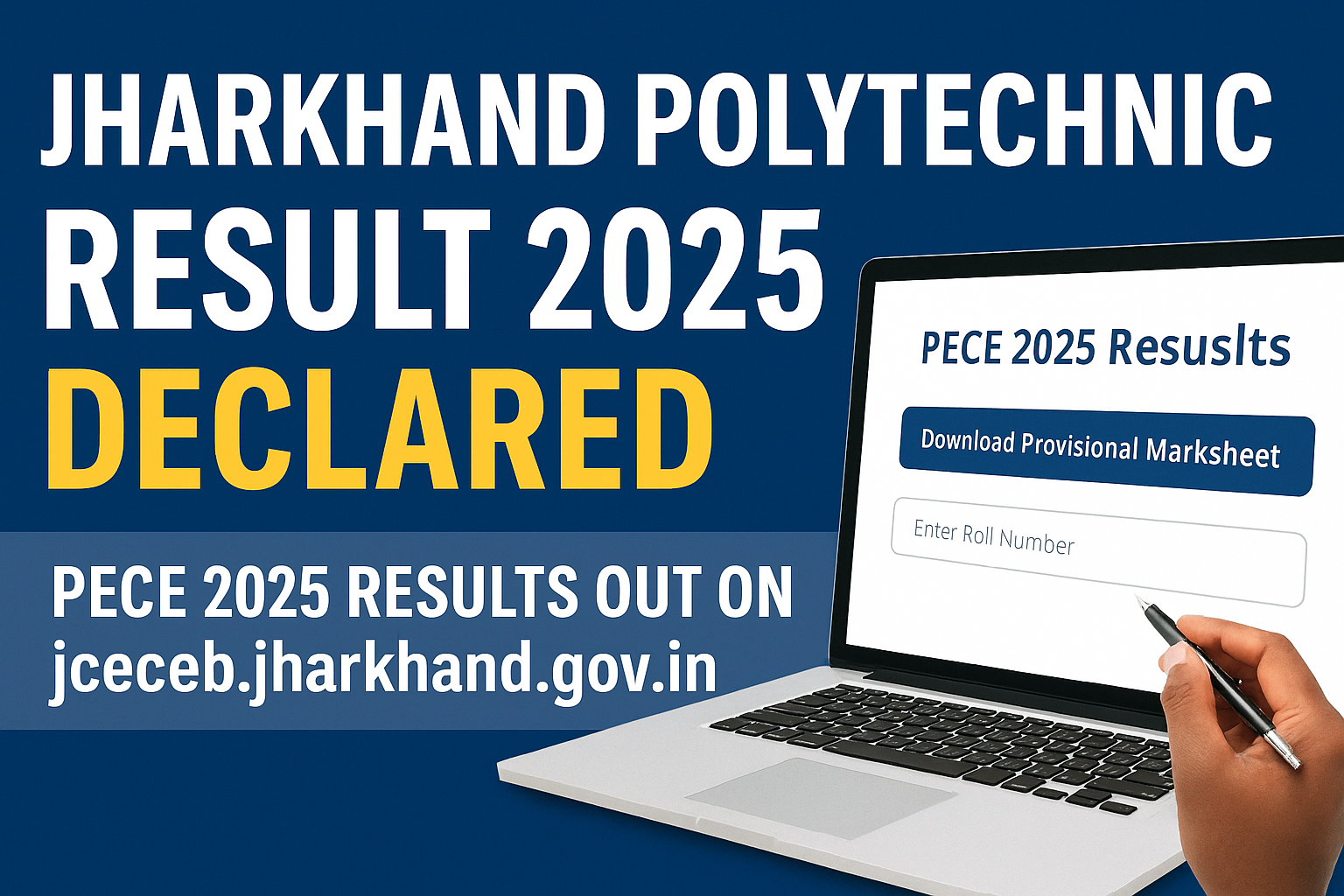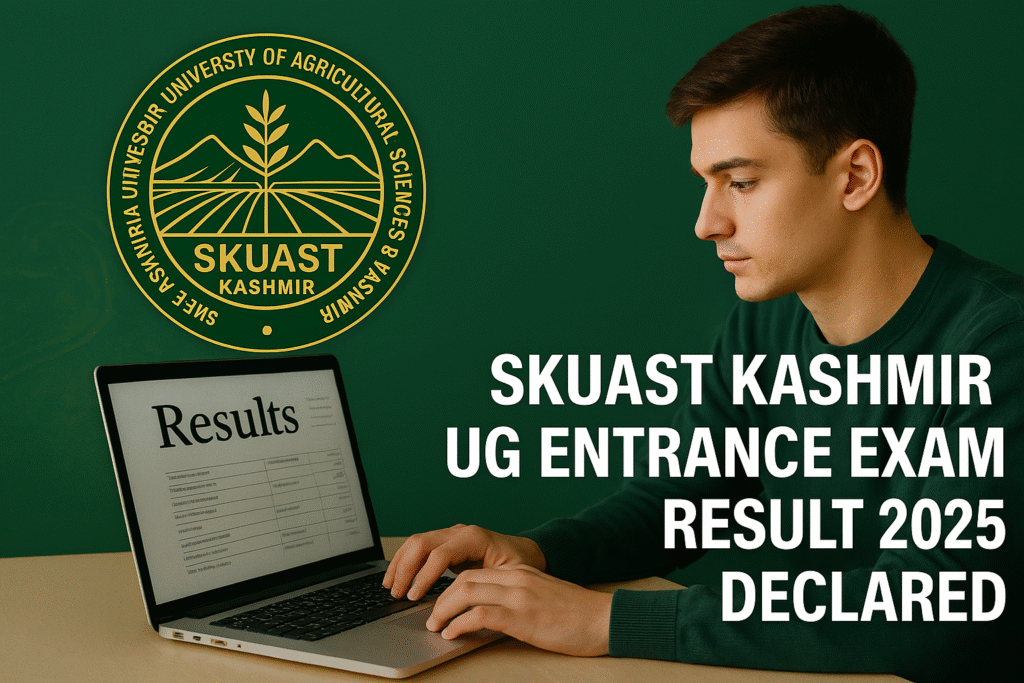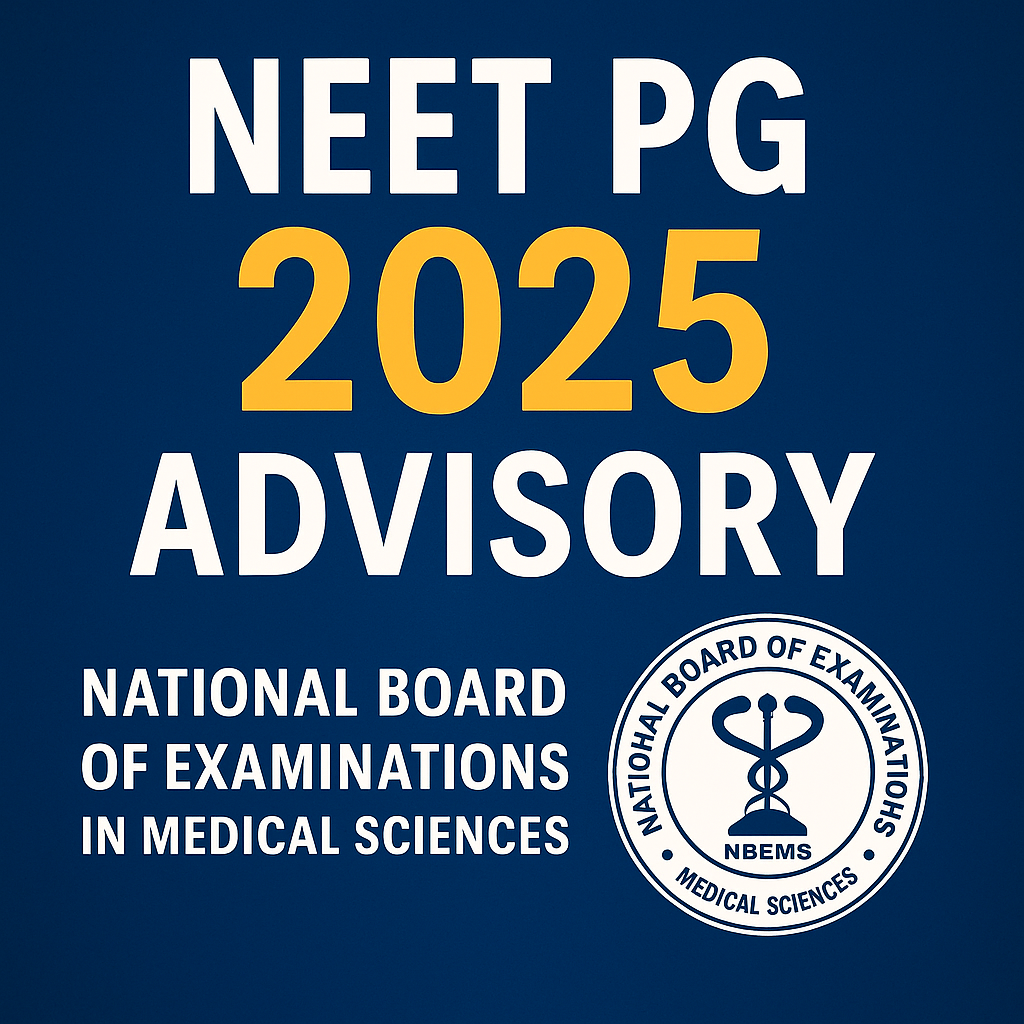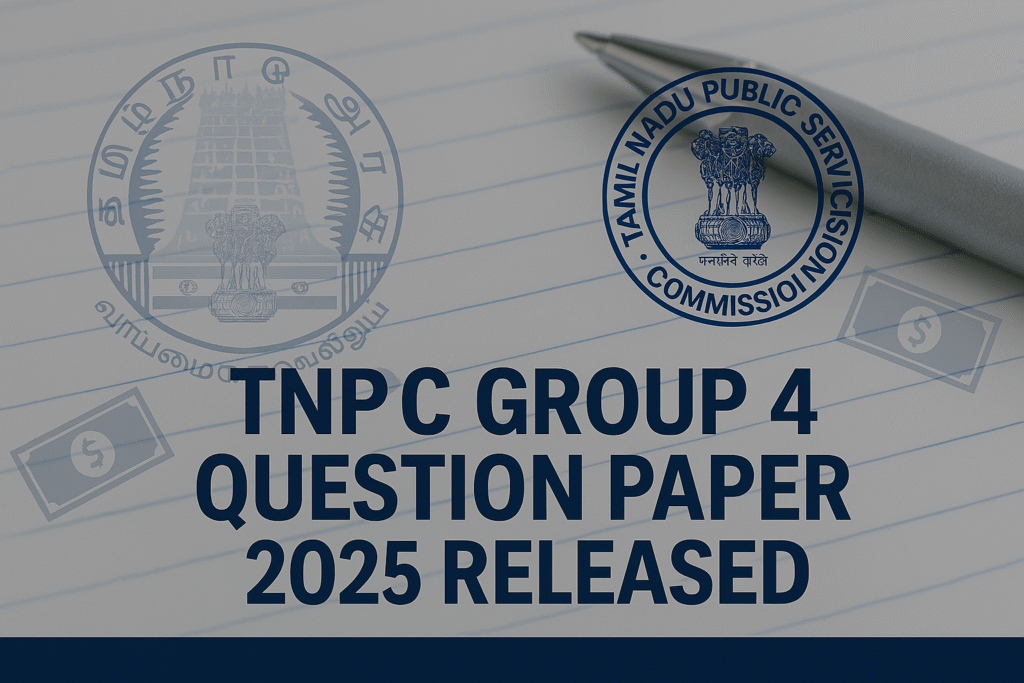The KSET (Karnataka State Eligibility Test) Result 2025 has been declared, with subject-wise scores and cut-offs for 33 disciplines. Explore detailed analysis, eligibility rules, merit list insights, and the next steps for aspiring Assistant Professors.

Table of Contents
Introduction
For many academics and teaching aspirants in Karnataka, the KSET (Karnataka State Eligibility Test) is a critical milestone. It’s the gateway to being eligible for Assistant Professor roles in universities and colleges across the state. In 2025, the KEA (Karnataka Examinations Authority) announced the KSET Result, including provisional merit lists and subject-wise scorecards. With 8,383 candidates qualified out of tens of thousands, the stakes are high.
This in-depth blog will explain:
What the latest KSET Result 2025 news is
How to check your results and scorecard
Detailed cut-off analysis, subject-wise
Eligibility and selection process for Assistant Professor roles
Exam structure, syllabus, and preparation strategies
Career pathways post-KSET qualification
Common mistakes aspirants make and how to avoid them
Read on to understand everything you need to do after the result declaration, and how to effectively leverage your KSET qualification for academic career growth.
What Is KSET? Understanding Its Role & Importance
KSET stands for the Karnataka State Eligibility Test, conducted by KEA. It is a state-level exam designed to assess the eligibility of candidates for Assistant Professorship in various higher education institutions in Karnataka.
Key Purposes of KSET
Eligibility for Teaching: Qualifying KSET makes you eligible to apply for Assistant Professor positions in Karnataka colleges and universities.
Research Roles: It strengthens your academic profile for research grants, PhD, and lectureship.
State Focus: Unlike national tests, KSET caters specifically to Karnataka, aligning with its higher education institutions’ recruitment norms.
Latest News on KSET Result 2025
Here are the most recent, verified updates regarding the KSET 2025 result and evaluation process:
Result Declared (Provisional)
On 21 November 2025, KSET’s provisional result was officially released by KEA. (The Times of India)Number of Qualified Candidates
Out of 1,21,052 candidates who appeared for both papers, 8,383 have been declared eligible for Assistant Professorship. (Careers360)Subjects & Exam Centers
The test was conducted on 2 November 2025 for 33 subjects across 11 districts in Karnataka. (Jagranjosh.com)Cut-Off & Score PDF Published
KEA has made available subject-wise cut-off lists and candidate scorecards in PDF format, enabling transparent access to results. (The Times of India)Qualifying Marks Criteria
For General (Unreserved) category: minimum aggregate 40% (i.e., 120 out of 300). (The Times of India)
For Reserved categories: minimum aggregate 35% (105/300). (Careers360)
Answer Key Process
KEA had previously released a provisional answer key, and candidates raised objections. After expert review, the revised answer key was published, forming the basis for the final marks and result. (The Times of India)
These developments confirm that the result release is part of a transparent, multi-stage process with room for objection and correction.
How to Check Your KSET Result 2025 — Step by Step
To view your KSET 2025 outcome, follow these steps carefully:
Go to the KEA / KSET Portal
Navigate to the official KSET section of the KEA (Karnataka Examination Authority) site.
Look for the “KSET 2025 Provisional Results” link
Download Relevant PDF Files:
Provisional Merit List
Subject-wise Score List
Cut-off List
Use Your Credentials
Enter your Registration ID or Roll Number (as required in the PDF lookup)
Search for Your Entry
In the downloaded PDF, press Ctrl + F (on PC) or search in mobile PDF viewer to locate your name or roll number
Check Key Details:
Subject-specific marks
Total aggregate score
Cut-off adherence (category + subject)
Slot or “qualified” status
Save & Print:
Download the scorecard and merit list
Print a copy for your records — useful for document verification or future academic applications
KSET 2025 Cut-Off & Merit Analysis
The cut-off is critical for understanding who qualifies for the assistant professor role. Here’s a detailed breakdown:
How Cut-Off Was Determined
KEA used the aggregate score from Paper I + Paper II.
Slots are allocated per subject based on 6% eligibility rule (as per UGC guidelines). (Careers360)
Category-wise reservation was applied to derive separate cut-off thresholds.
Fractions in slot calculations were rounded, with a minimum of one slot per category/subject. (The Times of India)
Minimum Qualifying Marks
General / Unreserved: 40% (120/300) (Careers360)
Reserved Categories (SC / ST / OBC / PWD): 35% (105/300) (Careers360)
Number of Qualified Candidates vs Slots
Qualified: 8,383 across all subjects. (Careers360)
Slots Allotted for Eligibility: Approximately 7,263 as per KEA’s merit-slot mechanism. (The Times of India)
Interestingly, more candidates qualified than slots (8,383 qualified vs ~7,263 slots), suggesting that KEA allowed over-qualification, possibly based on reserve norms or evaluation policy. (The Times of India)
Subject-Wise Highest Scores
According to KEA / analysis:
Political Science: highest ~258/300 (Careers360)
Management: highest ~248/300 (RkAlert)
Public Administration: among top scores ~254/300 (Careers360)
Several science, humanities, and commerce subjects also reported top-tier scores.
These figures provide a benchmark for future aspirants to measure target scores.
KSET 2025 Eligibility & Selection Process
Eligibility for KSET
Educational Qualification: Master’s degree (or equivalent) in the subject concerned from a recognized university.
Minimum Percentage: Typically around 55% (though KEA may follow UGC norms — check notification).
Age Limit: No upper age limit for KSET as per UGC guidelines.
Nationality: Indian citizen (or eligible non-citizen as per KEA guidelines).
Reservation: KEA follows Karnataka’s reservation policy (SC, ST, OBC, PWD, etc.) for merit-slot allocation.
Selection Process
Paper I – General Paper (common for all)
Covers teaching, reasoning, language, and higher education structure
Paper II – Subject-Specific Paper
In-depth domain questions in the chosen subject
Merit List – Combined marks used to rank candidates
Slot Allocation – Based on merit, reservation, and number of available slots per subject
Eligibility Certificate – Qualified candidates are issued a formal KSET certificate valid for employment in Karnataka academic institutions
KSET 2025 Exam Pattern & Syllabus
Exam Pattern
Mode: Offline, paper-based (OMR) (Careers360)
Paper I: 100 questions of general nature, typically related to reasoning, language, and teaching aptitude
Paper II: 100 questions (could vary by subject) relevant to domain knowledge
Total Marks: 300 (Paper I + Paper II)
Duration: Usually 3 hours (split per KEA instructions)
Syllabus Overview
Paper I Topics
Higher Education System
Teaching Aptitude
Research Aptitude
Logical Reasoning
General Awareness
Communication
Paper II (Subject-Based)
Based strictly on Master’s-level syllabus of the subject
Domain-specific theories, applications, and advanced topics
For science subjects: concepts, experimentation, recent developments
For humanities: historical, sociological, literary, philosophical perspective
KSET 2025 Preparation Strategy
Preparing for KSET requires a combined strategy: general aptitude + subject mastery.
Step 1: Understand the Pattern and Syllabus
Begin with past exam papers
Make a “syllabus map” for Paper II (subject-wise)
Step 2: General Aptitude & Teaching Skills
Read books on teaching methodology
Practice reasoning puzzles daily
Take mock tests for Paper I
Step 3: Subject-Specific Study
Revise your Master’s textbooks
Focus on high-weightage topics in Paper II
Use research-level materials (journals, recent publications)
Step 4: Time Management & Practice
Allocate specific hours for both papers each day
Timed mock exams are key before the test
Revise daily critical topics and maintain formula / concept notes
Step 5: Post-Result Strategy
Once result is out, download scorecard + merit list
Analyze where you stand in cut-off, and whether you made the slot
Plan for application to assistant professor roles or consider re-taking if needed
What Passing KSET Means for Your Career
Assistant Professor Eligibility: Your KSET qualification makes you eligible for teaching roles in Karnataka colleges, as per state and university norms.
Research Opportunities: Strong KSET scores help in pursuing PhD or applying for research grants.
Higher Education: You become more competitive for lecturership positions in state colleges.
Professional Recognition: Having “KSET Qualified” on your CV boosts credibility among academic peers.
Key Challenges & Mistakes to Avoid
Ignoring Paper I
Many candidates focus only on their subject and neglect general aptitude; this weakens aggregate.Lack of Mock Tests
Without timed practice, candidates may misjudge their speed and accuracy.Overconfidence in Subject
Even subject experts can lose marks if they ignore basic or tricky questions.Ignoring Cut-Off Trends
Not checking previous years’ cut-off can lead to unrealistic expectations.Poor Time Management
Time wasted on one paper section can cost you qualifying status.
Frequently Asked Questions (FAQs)
When was the KSET 2025 exam conducted?
The exam took place on 2 November 2025 in a single session for 33 subjects. (The Times of India)How many candidates qualified in KSET 2025?
Approximately 8,383 candidates have qualified as per KEA’s provisional result. (Careers360)What is the minimum aggregate required to qualify?
General category: 40% (120/300) (Careers360)
Reserved categories: 35% (105/300) (Careers360)
Where can I download KSET 2025 subject-wise scores and merit list?
You can access it on KEA’s KSET portal under “Provisional Results”.How are slots allocated for eligibility?
Slot allocation is based on the top 6% of candidates in each subject, following reservation norms as per KEA’s merit-slot policy. (The Times of India)Is the KSET certificate valid for life?
Yes, the KSET certificate is typically valid for life for Assistant Professor roles (depending on university rules).
Conclusion
The declaration of the KSET Result 2025 marks a critical milestone in the academic journey of thousands of aspirants across Karnataka. With subject-wise scores, cut-off lists, and merit data now publicly available, candidates have the clarity they need to plan their next steps — whether that means applying for teaching roles, preparing research proposals, or reattempting the test.
KSET qualification opens a pathway to stable academic careers and long-term growth. However, the competition remains rigorous, so if you cleared the exam, your focus now should be on leveraging this success. If you didn’t, analyze your performance, understand where you can improve, and consider reapplication.
Use this comprehensive guide to navigate your KSET 2025 journey confidently — from checking your result to planning your academic career with intelligence and strategy.













